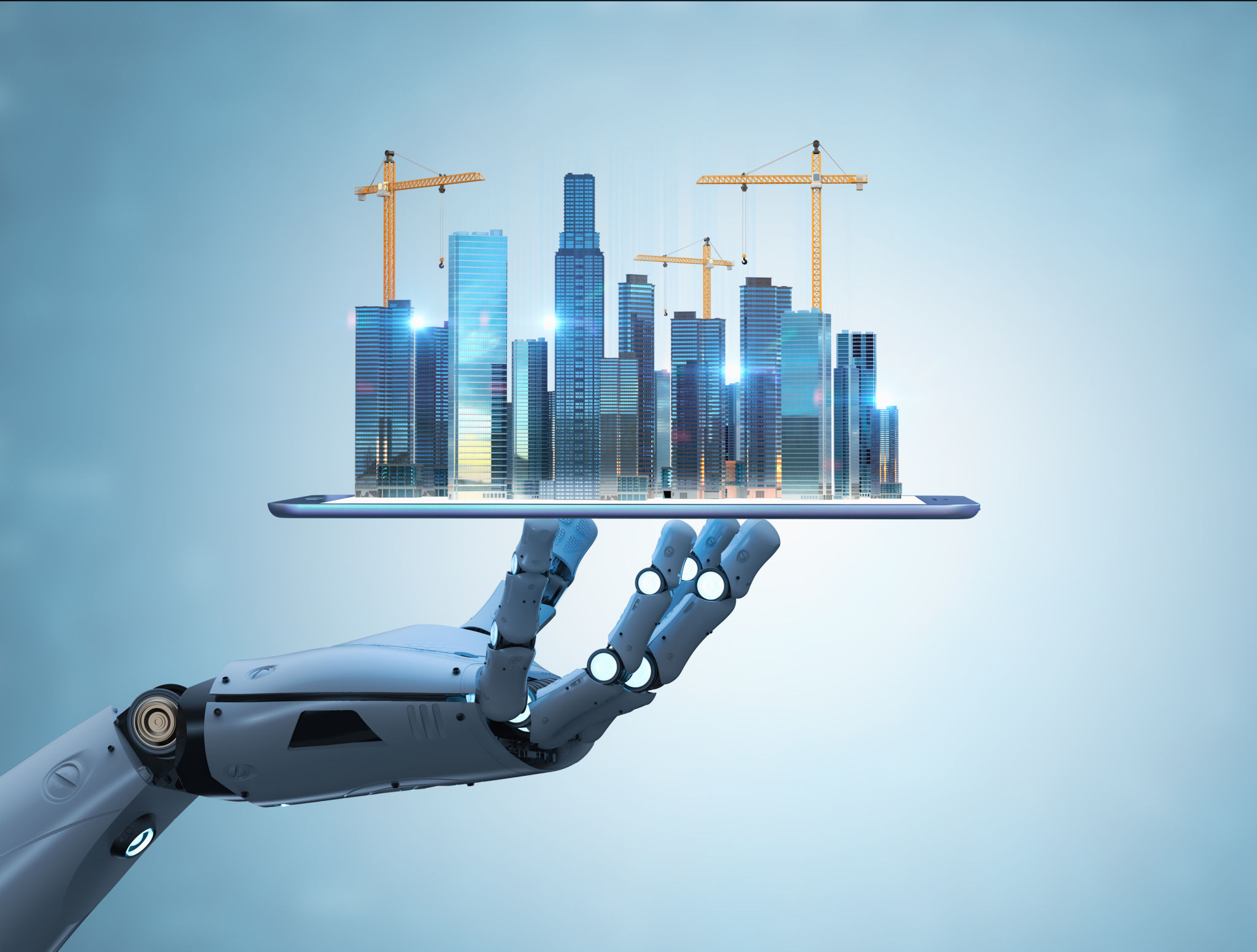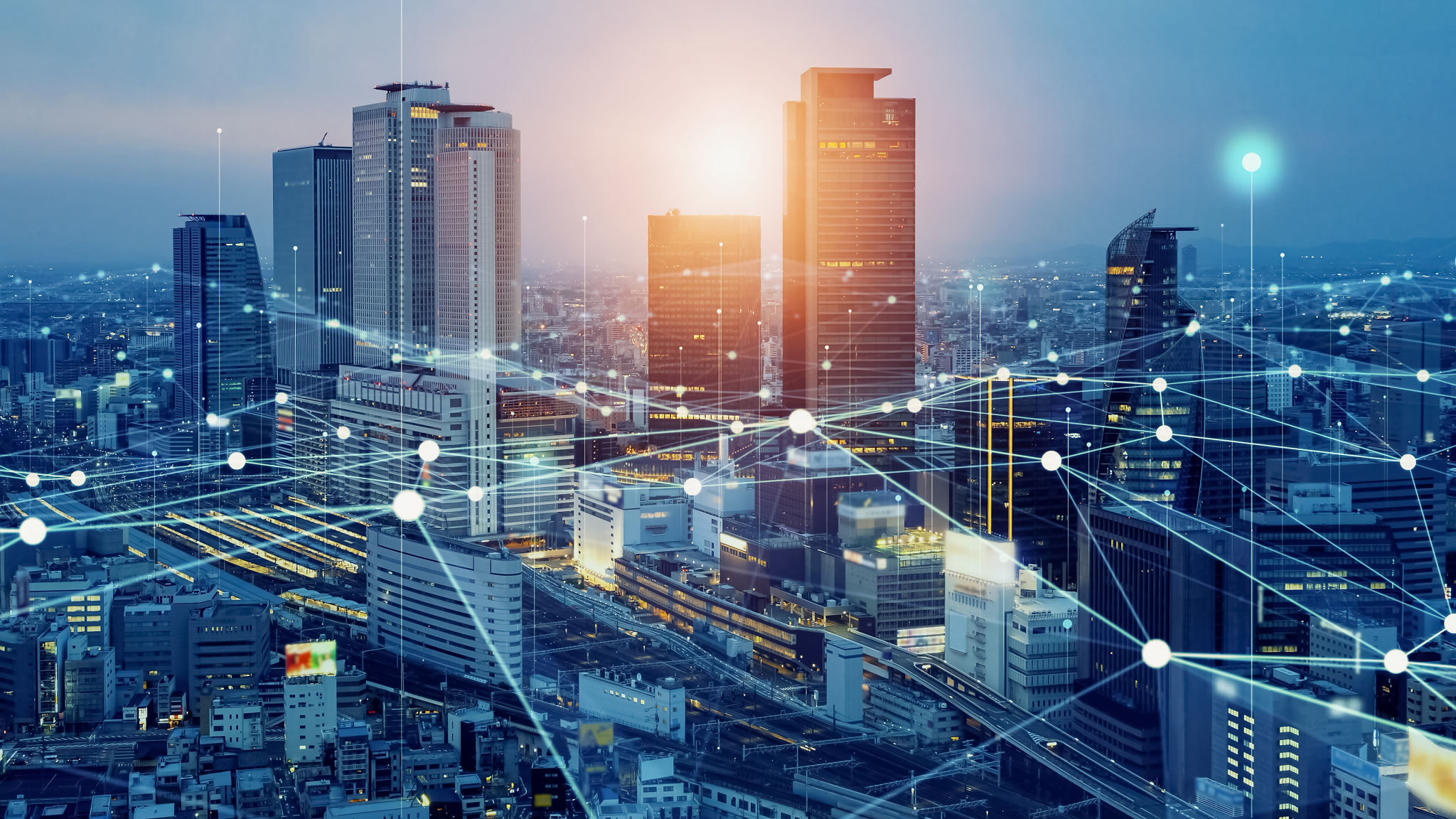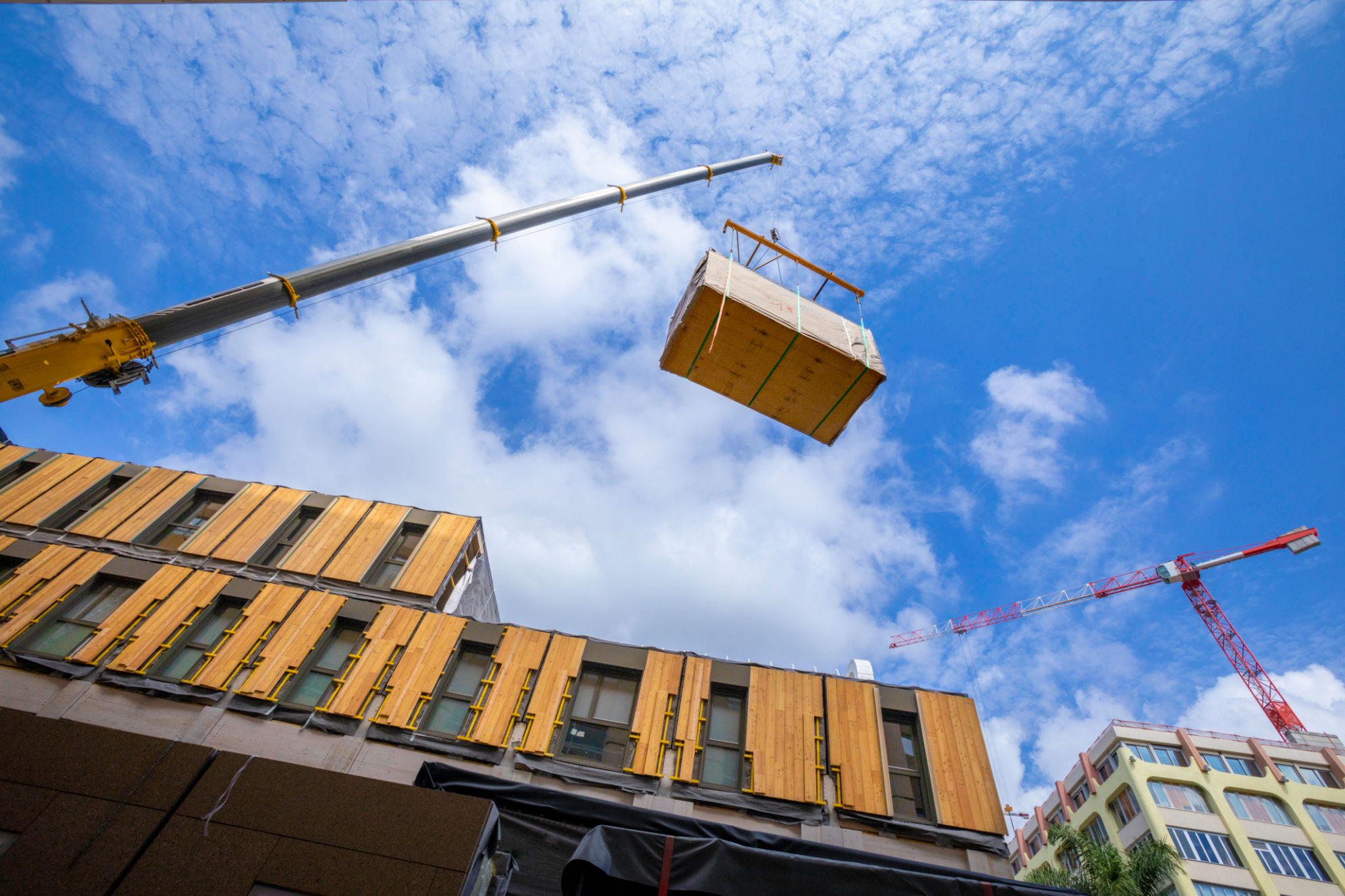Debunking Myths: The Real Impact of AI on the AECO Sector
Understanding the Role of AI in the AECO Sector
The Architecture, Engineering, Construction, and Operations (AECO) sector has been undergoing a significant transformation with the advent of Artificial Intelligence (AI). However, this transformation is often clouded by myths and misconceptions. In this post, we aim to debunk these myths and provide a clear understanding of AI's real impact on the AECO industry.
Myth 1: AI Will Replace Human Jobs
One of the most pervasive myths is that AI will lead to massive job losses. While it's true that AI can automate certain tasks, it is not designed to replace human workers. Instead, AI acts as a tool to enhance human capabilities. For example, AI can handle repetitive tasks, allowing architects and engineers to focus on creative and strategic aspects of their work.

AI as a Collaborative Partner
AI's role as a collaborative partner rather than a replacement is crucial. In the AECO sector, AI helps professionals analyze complex data sets, optimize designs, and predict outcomes with greater accuracy. This collaboration results in improved efficiency and innovation, ultimately leading to better project outcomes.
Furthermore, AI-driven tools are being used to streamline communication and collaboration among stakeholders. By facilitating seamless information sharing and coordination, AI ensures that projects are completed on time and within budget.
Myth 2: AI Is Too Complex for Practical Use
Another common misconception is that AI technology is too complex and inaccessible for practical use in the AECO sector. However, modern AI solutions are designed with user-friendliness in mind. Many platforms offer intuitive interfaces and customizable features that cater to the specific needs of the industry.

Additionally, companies are investing in training programs to help professionals adapt to new technologies. By equipping teams with the necessary skills, businesses can better leverage AI's capabilities to drive growth and success.
Enhancing Sustainability with AI
AI is also making strides in promoting sustainability within the AECO sector. Through predictive analytics and data-driven insights, AI helps in designing energy-efficient buildings and reducing waste. By optimizing resource allocation and minimizing environmental impact, AI contributes significantly to creating sustainable infrastructure.
The use of AI in sustainable practices not only benefits the environment but also enhances the reputation and competitiveness of businesses in the AECO industry.

Myth 3: AI Implementation Is Cost-Prohibitive
Many believe that implementing AI solutions is an expensive undertaking reserved for large corporations. However, the cost of AI technology has decreased over time, making it more accessible to businesses of all sizes. Moreover, the return on investment from increased efficiency and productivity often outweighs the initial costs.
Small and medium-sized enterprises can also benefit from cloud-based AI solutions, which offer scalable options without requiring significant upfront investments.
The Future of AI in AECO
As AI continues to evolve, its impact on the AECO sector will only grow stronger. The integration of AI with other emerging technologies like the Internet of Things (IoT) and Building Information Modeling (BIM) will unlock new possibilities for innovation and growth.
Ultimately, embracing AI is not about replacing human intelligence but augmenting it. By debunking myths and understanding the true potential of AI, the AECO industry can harness this powerful technology to build smarter, more sustainable futures.
